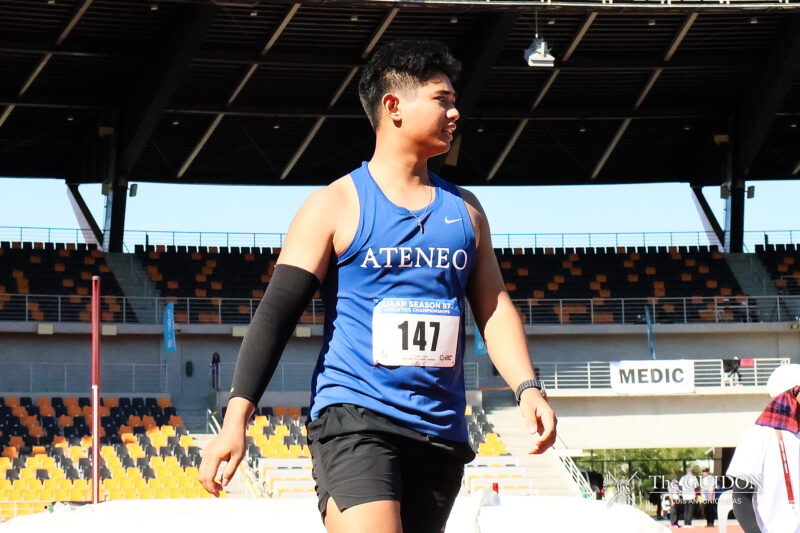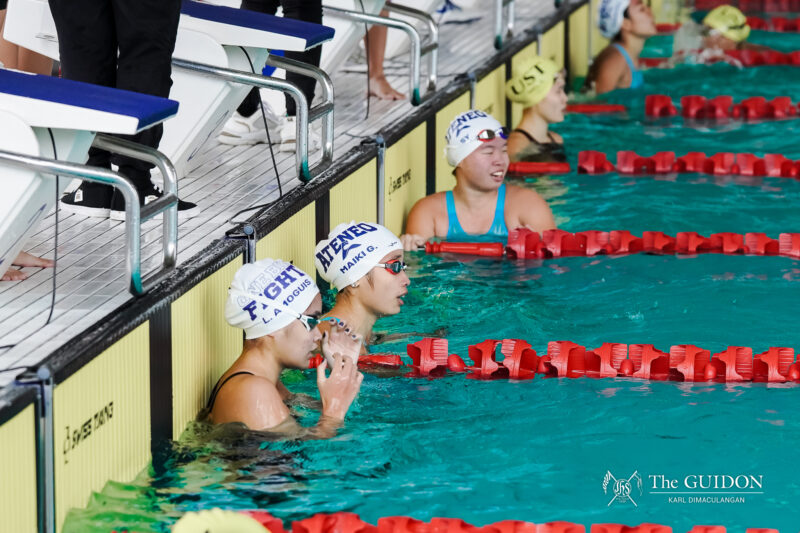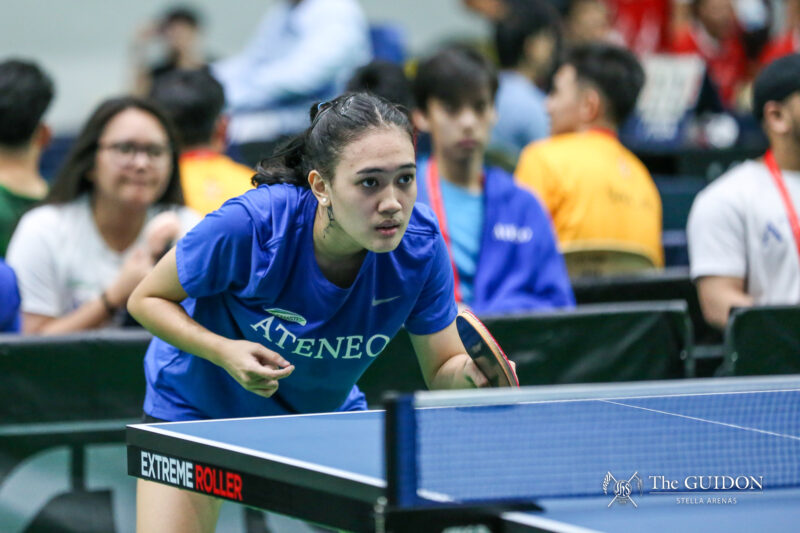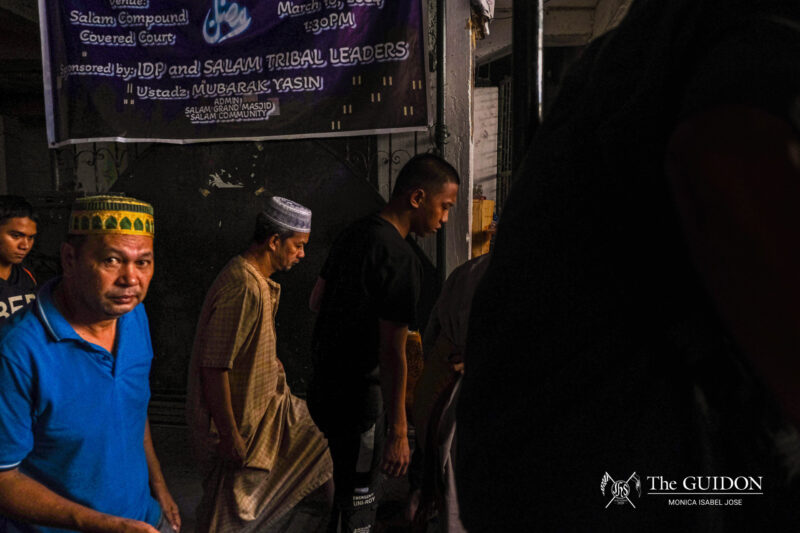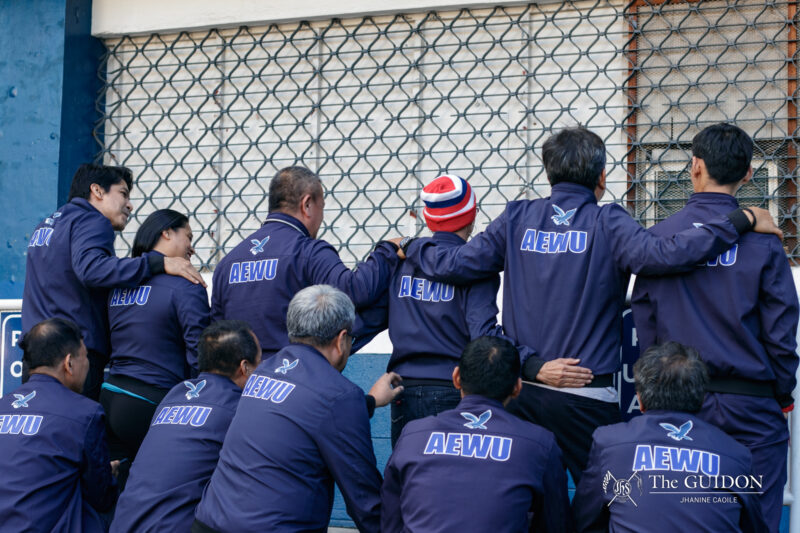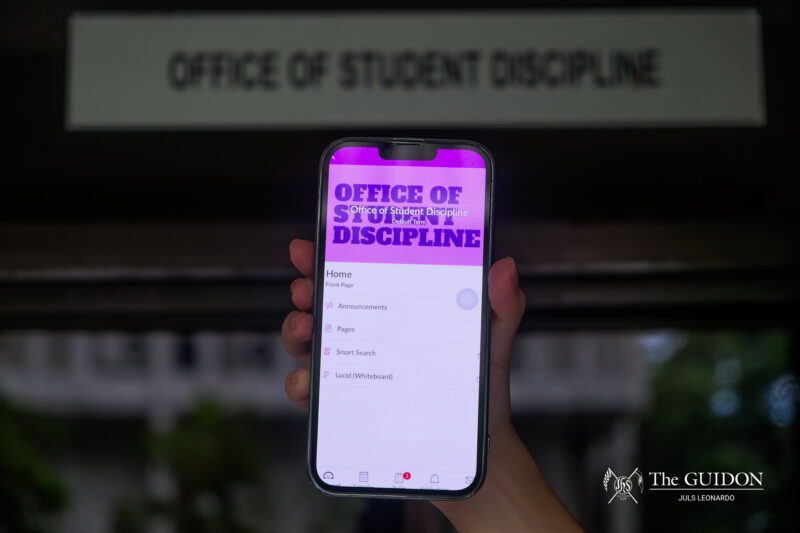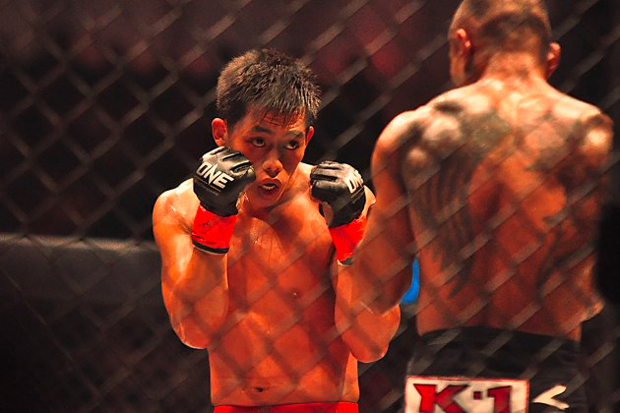
THE ART OF FIGHTING. The beauty of mixed martial arts lies in a holistic knowledge and application of various martial arts. Photo courtesy of Bob Guererro.
MIXED MARTIAL arts (MMA) has been criticized as a mindless sport merely for brawlers. The seemingly witless fighting, however, is just an aspect of the broad and rich sport that is MMA.
MMA has two aspects: striking and grappling. Striking requires one to compete in various types of rings and cages where they can throw punches, kicks, elbows and knees at opponents. On the other hand, the art of grappling features freestyle wrestling, Greco-Roman wrestling, Brazilian Jiu-Jitsu, judo and many other forms of martial arts.
But how can such a seemingly ruthless and violent activity become an internationally renowned sport?
The beauty of MMA emerges with a holistic grasp of the different martial arts and fighting styles which make MMA one of the most technical and comprehensive sports in the world today. In fact, fair knowledge of several disciplines is required to be prepared for what the opponent will throw at you in the heat of the fight.
A deadly sport
In 2007, fighter Sam Vasquez died after incurring injuries from a deadly shot to the chin in an MMA-sanctioned event. This death triggered much controversy and debate about the regulation of MMA fights. The incident even became the root of many misconceptions about MMA. Certain states in the United States and a number of countries have banned the sport because of its dangers.
To address all the issues and concerns, organizations like the Ultimate Fighting Championship (UFC), Shooto, Pride FC and Pancrase have constructed a set of rules that aim to showcase the sport’s requirement of a holistic grasp of different martial arts and a respect for the brutality of the deadly sport.
Given the brutality of MMA, one might find it hard to believe that such a sport could be popular in a country like the Philippines. After all, basketball and football are the more popular sports in the country. Boxing, although quite the physical sport itself, is already perhaps the most “violent” sport that Filipinos like playing and watching.
Surprisingly, MMA has been around in the country since the early years of the new millennium and now has a growing following.
MMA in the Philippines
Philippine soil has been host to both local and international MMA events. Certain organizations have stood the test of time, which is a testament to the growing fan base of MMA in the country. Out of all the organizations that have attempted to break the sport into the Philippines, there are two that stand out: Universal Reality Combat Championships (URCC) and Pacific Xtreme Combat (PXC).
In the maiden days of MMA in the Philippines, there were already several gyms in the country preparing for fights. However, there was no proper avenue for fighters to showcase their skills with a unified rule system. Seeing so much potential going to waste, local businessman and Deftac Pilipinas owner Alvin Aguilar decided to put up the URCC.
When Mayhem in Manila, URCCU’s first event, was held on November 23, 2002 at Casino Filipino, the strong response helped URCC became a mainstay for MMA aficionados in the country. “It is the longest running show in Asia,” says Aguilar of his organization.
Since the rise of the URCC, smaller MMA promotions have tried to steal the spotlight, but none have come close. Small events were held in places like The Arena in San Juan, the Amoranto Sports Complex and even provincial stadiums, but none were able to emulate the success that URCC achieved.
The other prominent MMA organization in the Philippines is PXC, which is owned by the Calvo family. PXC burst into the Philippines through a partnership with TV5 in early 2011. After holding 29 events in Guam, the Calvos decided to bring their organization to the country. The fact that foreign MMA organizations are venturing into the Philippines shows the local potential of MMA.
Rising popularity
Last year, Singapore-based organization One Fighting Championship held the biggest MMA event in the country. The fight featured local talents, like Eduard Folayang, Eric Kelly and Kevin Belingon, who went up against international talents—two former UFC champions, Tim Sylvia and Andre Arlovski, and former Dream Featherweight champion, Bibiano Fernandes—in the main event.
MMA is slowly gaining its fair share of the spotlight in the Philippine sporting scene. However, it seems that it hasn’t found the perfect niche in the market yet—not because people don’t like it, but just because there are other sports that are easier to play.
Atos Philippines Head Coach Ali Sulit explains, “Nowadays people can just opt to go for some sports which don’t require much contact. Like, why would they go into Jiu-Jitsu if they have other alternatives?” Sulit is also the head of the Ateneo Judo Association and head coach of the Ateneo Judo team.
Top MMA gyms
What’s more surprising about MMA in the Philippines is that our country breeds fighters who show much promise in local and international events.
Aguilar is also the owner of BAMF Mixed Martial Arts Center in Parañaque City. The center teaches MMA, Brazilian Jiu-Jitsu, Muay Thai, wrestling and boxing. With credentials like a black belt under Jiu-Jitsu royal family the Gracies, hand-to-hand combat training for Navy Seals and self-defense, Aguilar shows that MMA is not only meant for fighters in the cage, but also in various real-life situations.
Atos Philippines is a Brazilian Jiu-Jitsu school that works closely with Submission Sports. Together, they have produced a number of URCC and PXC champions. Froilan Sarenas of Subsports Philippines is the middleweight champion of the URCC while Erwin Tagle is a title contender in the PXCE’s flyweight division.
This fight team works closely with their Jiu-Jitsu, as others do, because it is an art that MMA practitioners and fighters must learn to be well-rounded. “In my opinion, Jiu-Jitsu is probably one of the most important tools in MMA. If you know Jiu-Jitsu, you can use it to hold opponents down or escape submissions,” says Sulit.
Another MMA gym is the one owned by Henry Kobayashi, who founded the Philippine Yaw-Yan Mixed Martial Arts Association. “When we already [had] two URCC Champions in 2007 and got a gold medal in BJJ [Brazilian Jiu-Jitsu] and wrestling, we decided to open our own training camp in Cubao,” Kobayashi shares.
Despite difficulties like competing with mainstream sports and starting out with a small group of fighters, Yaw-Yan has produced champions like Nicholas Mann, who fought in organizations like One FC even before they established their gym. This says volumes about both the quality of Filipino fighters and the particular gym’s caliber.
Bright future
There appears to be no ceiling for the potential of Filipino MMA fighters and grapplers. The popularity of the sport is rising and is on its way to becoming a household name in the country. A good example would be Filipino fighter Kelly, who knocked out UFC veteran Jens Pulver in the One FC event held in Manila last August 31. There is also the popular UFC contender Mark Muñoz, who was born to Filipino parents.
Philippine MMA is still young and has only started to grow. Nevertheless, it is only a matter of time before Filipinos fall in love with the sport and cheer for their fighters who may become future champions in the international MMA scene.


